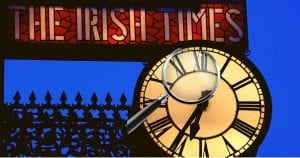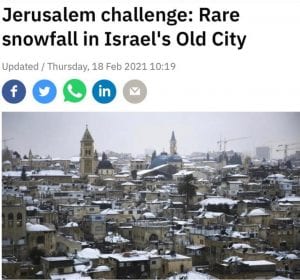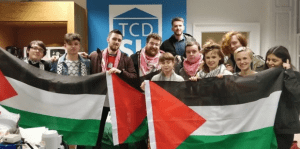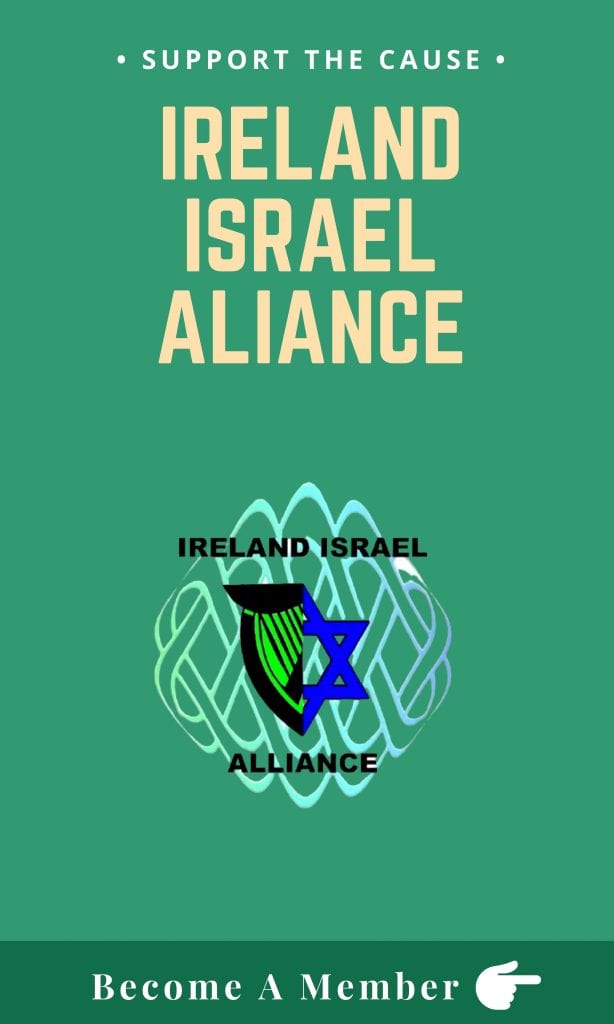The Glen of Imaal is the Irish army’s largest live fire range area and it has been in continuous use for over a century. It is of vital importance to Irish army personnel affording them the opportunity to train to carry out their duties at home and overseas. It’s not totally closed off to civilians. Hillwalkers – for example – have access to the Glen in designated areas when no military training is being conducted. Otherwise, everyone accepts that the area is out of bounds. There is nothing controversial about this. Our military needs somewhere to do its training.
Imagine if some group decided that they had a right to build temporary structures in the Glen of Imaal. Imagine if a large and powerful bloc of countries such as the European Union (EU) funded this. Then, imagine if there was a large number of international journalists ready to promulgate the issue in the global media. Imagine if any actions by the Irish authorities to deal with the issue were met by a well-orchestrated chorus of international fury.
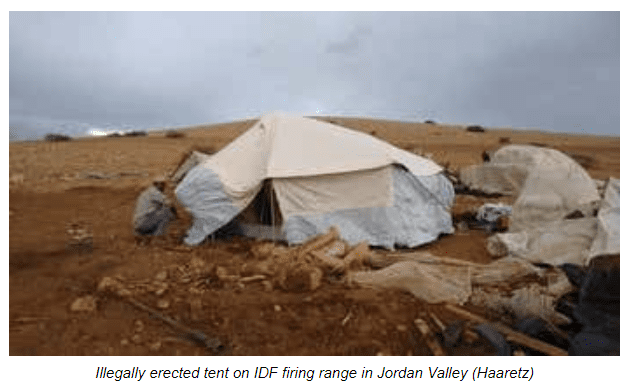
Welcome to Israel’s world. In the last week, controversy erupted over the demolition of illegally erected structures built by Palestinian Bedouins on an Israeli army firing range in the Jordan Valley. It was widely referred to as “the village of Khirbet Humsa” – conjuring up images of streets and houses. But it consisted of tents and shacks and satellite images show that these were only erected in the last few years.
The structures were illegal because no planning permission had been given – unsurprisingly, given that they were built on a firing range! Lest there be any doubt about the right of Israeli authorities to refuse planning permission, the firing range is in Area C which Israel is administering as agreed in the Oslo Accords.The structures were also illegal because the people who built them have no property rights to the land on which they were built. Israeli military law forbids the expulsion of permanent residents from a firing range. However, the Israeli High Court ruled that Khirbet Humsa’s residents were not permanent and were in fact “intruders who use these areas for grazing“.
The controversy should be directed towards the EU which provided the funding for building these structures. Why are EU countries – including Ireland – financing the breaking of the law? How would the EU react if Israel were bankrolling illegal structures in one or more of its member states?
Every developed country has planning laws. It’s quite common in Ireland for authorities to take action against and demolish structures erected illegally by Travellers, sometimes with no care being taken to safeguard the personal and sentimental items of the occupants.Why is it right for Irish authorities to enforce planning laws but wrong for Israeli authorities to do the same?
By Editorial

